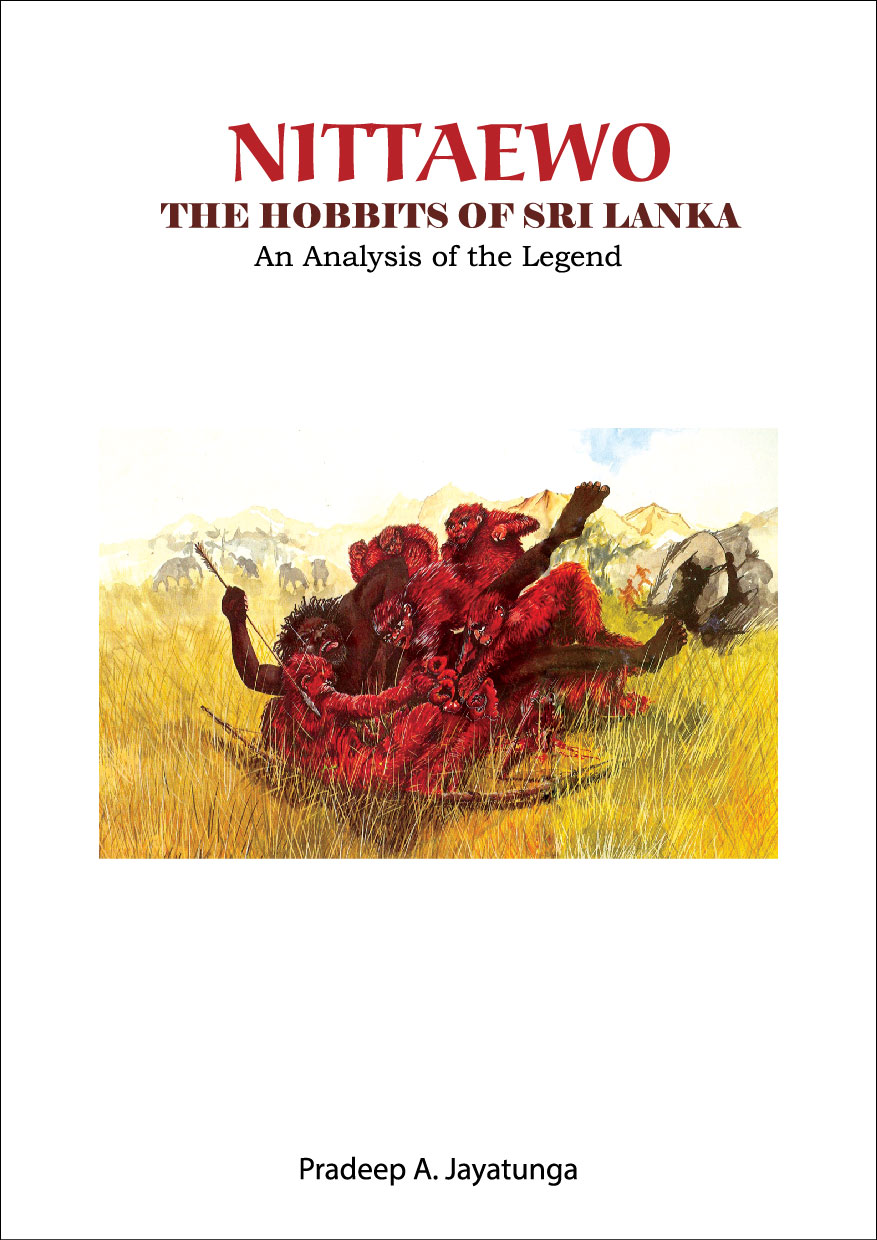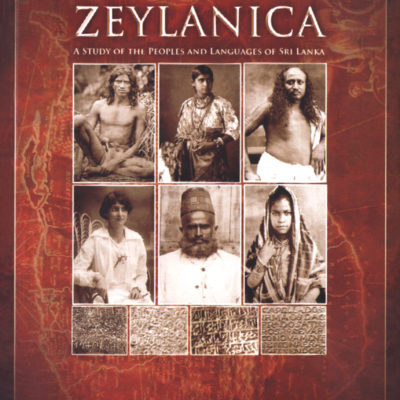Description
NITTAEWO THE HOBBITS OF SRI LANKA
An Analysis of the Legend
Introduction
1.1 Background
A legend is defined as a narrative of human actions that are perceived both by teller and listeners to take place within human history and to possess certain qualities that give the tale verisimilitude (Wikipedia, the free encyclopedia) This work proposes to examine the accounts of the Nittaewo of Sri Lanka within this definition which has been proposed as ‘a modern folklorist’s professional definition of legend’ by Professor Timothy R. Tangherlini of the University of California (Wikipedia, the free encyclopedia).
The Nittaewo are considered as an extinct race of man-like beings whose last refuge was the Lenama Mountains of Panama Pattu in Eastern Sri Lanka, an area which also provided the habitation for groups of the aboriginal forest people of Sri Lanka, the Veddas. Described as naked forest dwellers in the legend, the Nittaewo had a bipedal gait and other humanoid characteristics such as the absence of a tail, and a human/ape like face. They are said to have been about three feet tall with the females being shorter. Not known to have used tools, the arms
of the Nittaewo were short and their talon-like nails long and powerful. They are described as being covered with reddish fur in some legends and black in others.However, in one of the more credible original Vedda versions the Nittaewo lack this hirsute appearance (and the talons) and have more human-like characteristics.





Reviews
There are no reviews yet.